Best Monophonic Synthesizers 2019: The Top 5 monosynths
It’s been a bumper year for little single-voice synthesizers and not just from that one firm that’s intent on resurrecting every old synthesizer that anyone ever made. Out of everything we’ve seen this year here are the 5 that I feel have given us something to think about. The best monophonic synthesizers 2019 were…
Oh, wait: just a quick note that to qualify for this list the synth must have been released and available for sale in the last 12 months. So cool synthesizers like the Korg NuTekt NTS-1 and the Buchla Easel Command will have to wait until next year. Now, on with the list!
Analogue Solutions Impulse Command
This is a powerhouse of a synth with an unusual modulation architecture which makes creative decisions for you while smashing about the head with the ferocity and dynamic of the sound it generates.
Impulse Command is all about the pairs. There’s a pair of oscillators, a pair of LFOs, a pair of filters and even two sequencers all culminating in a stereo output that emerges through some digital effects. But the routing enjoys throwing itself around the stereo field, one filter pulling left, the other pulling right giving the impression that this is far more than a monosynth. The filters run offset from each other so they are always in relationship and yet always fighting for control. The result is a surprising, dynamic and explosive box of dynamite.
Impulse Command is immensely enjoyable, always in motion, and built like a tank with my favourite named knob of all time – “Aggro”.
- Analogue Solutions website.
- Buy this synthesizer. (affiliate link)
Behringer MS-101/MS-1
It could be argued that Behringer should own this list all to itself. But while they’ve produced a number of great monosynths this year like the Odyssey, Pro-1, K2 and Crave it’s the MS-101/MS-1 that really, for me at least, gives the greatest monosynth experience.
The MS-101 is a clone of the Roland SH-101 and a remarkably authentic one. Behringer has taken both the form and the function of the original to offer a proper looking synthesizer with a decent keyboard, performance controls and even a mod-grip for putting a guitar strap on it and standing about like an idiot while you play. But they’ve also gone further than Roland by unearthing the triangle waveform and including the FM modification that many people added to the SH-101 themselves. And there’s the MIDI/USB implementation.
The joy in the MS-101 is that it acts and sounds just like you expect it to. All the controls are laid out on those faders and it’s a genuinely intuitive synthesizer experience that Roland introduced us to all those years ago.
Arturia Microfreak
An unexpected little synth that exploded onto the scene at the NAMM show in January. Since then it’s picked up a huge fanbase for its quirky looks, eclectic sound engine and touch-plate keyboard.
Microfreak takes much of its sound engine from the Mutable Instruments Plaits open-source Eurorack oscillator. Combined with their own sounds this gives it a wide range of sonic possibilities right at the point of sound generation. There are analogue style waves but also wavetables, KarplusStrong, Harmonic, Physical Modelling, Superwave and unexpected bleeps and bloops more common to modular than a little desktop synth. Although it is designed as a monosynth it does have a polyphonic mode where it can produce up to 4-voices which are paraphonically articulated through a single filter and VCA. But the MicroFreak’s focus puts it more in the monosynth category than the polysynth one. After the digital oscillator there’s a solid analogue filter inspired by the SEM filter and it does sound really good. Couple that with a cycling envelope and things start to get interesting. But that’s just the start. Via the modulation matrix you can route the envelopes and LFOs to all sort of places and that goes for the pressure available from the weird touch-plate keyboard. It may be weird, but it also gives a quite unique mode of expression and interaction with your sounds.
The sequencer and arpeggiator are also a lot of fun with some cool features like Spice and Dice that manipulate and move the notes and rhythms to interesting places. You can also inject some randomisation and create evolving patterns and possibilities.
The MicroFreak is a small synth with loads of fruity ambition and an enormous palette of sounds. And for €299 it’s a lot of fun for your money.
Moog Sirin
Moog seems unconcerned by the rash of synths that lean on its heritage. After the Grandmother last year came the 4-voice Matriarch (which you’ll find controversially on our Best Polysynth page) but they also had room for something small and very very cool. Sirin is a superb little synth that’s not unique but firmly stamps the Moog name on a little synth with bags of character.
Sirin is based on the sound engine of the Taurus but where Taurus was firmly a bass synth this has a much broader range of sonic possibilities. It has dual oscillators, 2 envelopes, a multi-wave LFO and a classic 4-pole ladder filter. It’s made of steel and has a fabulously fruity and colourful front panel from the Grandmother pool of design.
It’s under £500 which is good for something with a Moog badge. It’s warm, characterful, rewarding and is a little analogue messenger of joy.
Stylophone Gen R-8
British synth designers Stylophone has knocked it out of the park with this one. The Gen R-8 is a killer synth. In fact it’s the kind of synth that would steal from your Grandma, kick your dog and run off with the special someone in your life. It’s angry, lively, abusive, threatening to fall apart and destroy you at any minute. It’s so much fun.
The touchstrip keyboard is true to form and you’ll quickly either find it fun or another reason why this synth hates you. It has dual oscillators with hard sawtooth and square waves and pulse width modulation on the first one. The LFO has 8 waveshapes from regular to crazy and the filter can blend itself from low-to-band-to-high like an overdriven SEM. Interesting Glide and Mod buttons give you some added instant expression during performance. It also has 19 very useful patch points.
It has the look of an old piece of hi-fi equipment squashed into a small box. At £299 it’s not going to give you an inch.
12 responses to “Best Monophonic Synthesizers 2019: The Top 5 monosynths”

 5,0 / 5,0 |
5,0 / 5,0 | 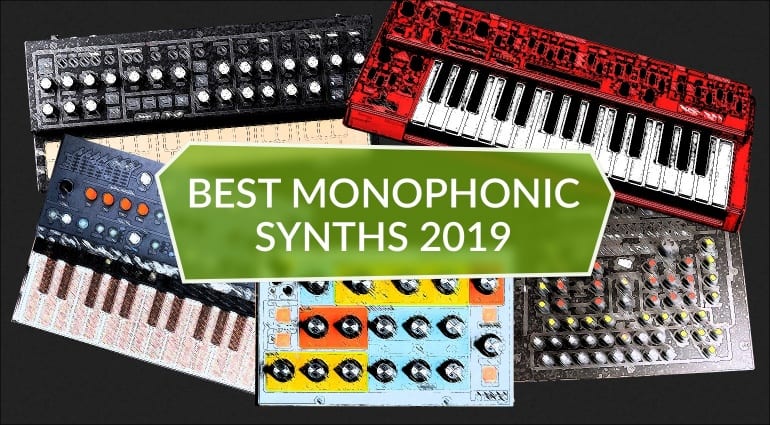

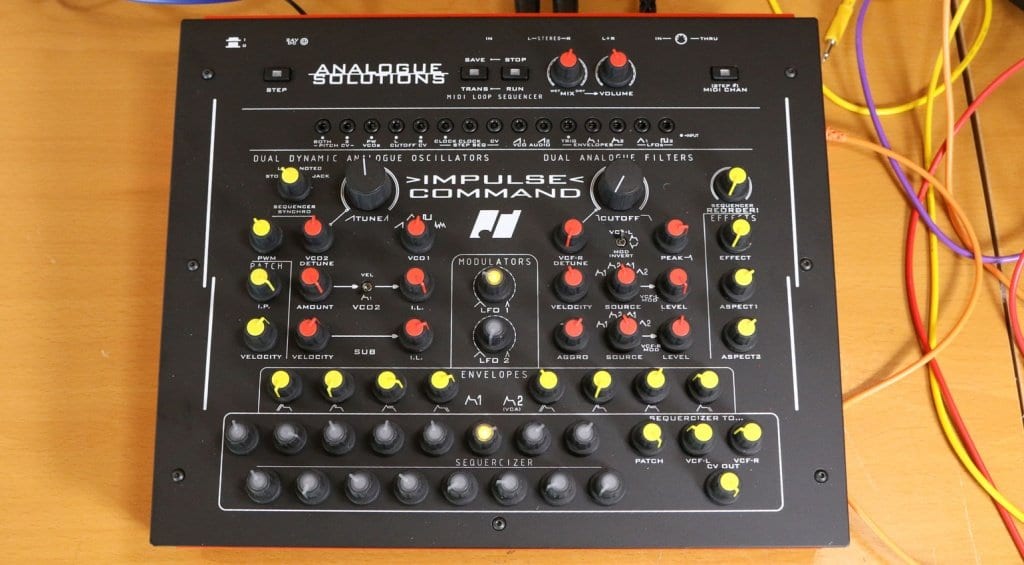
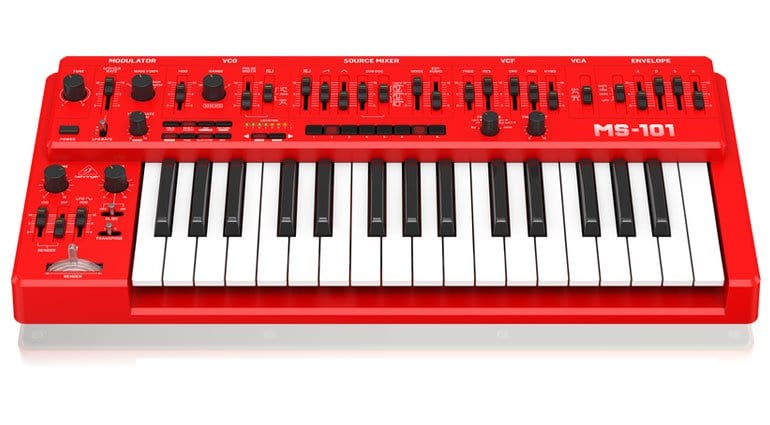
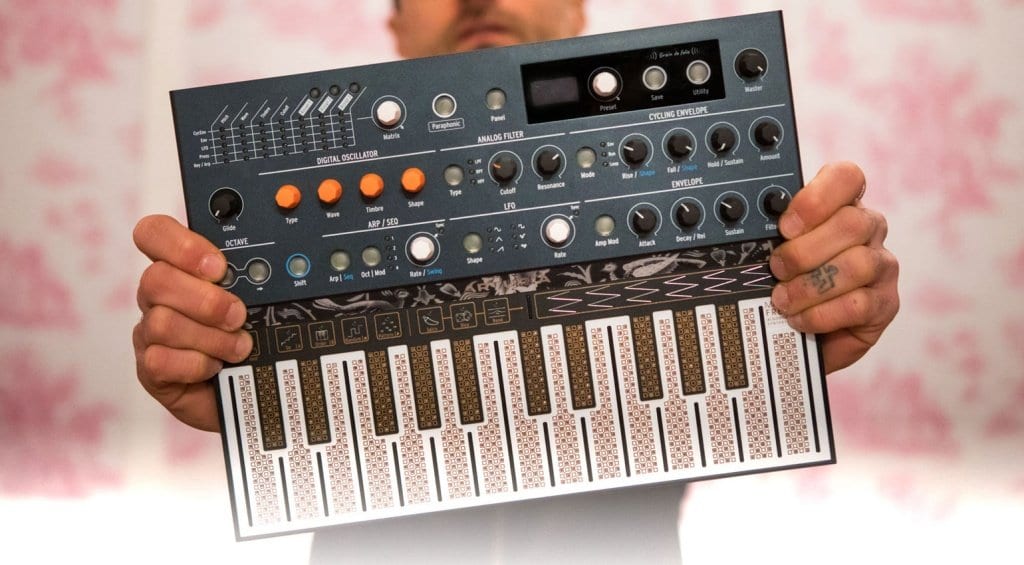

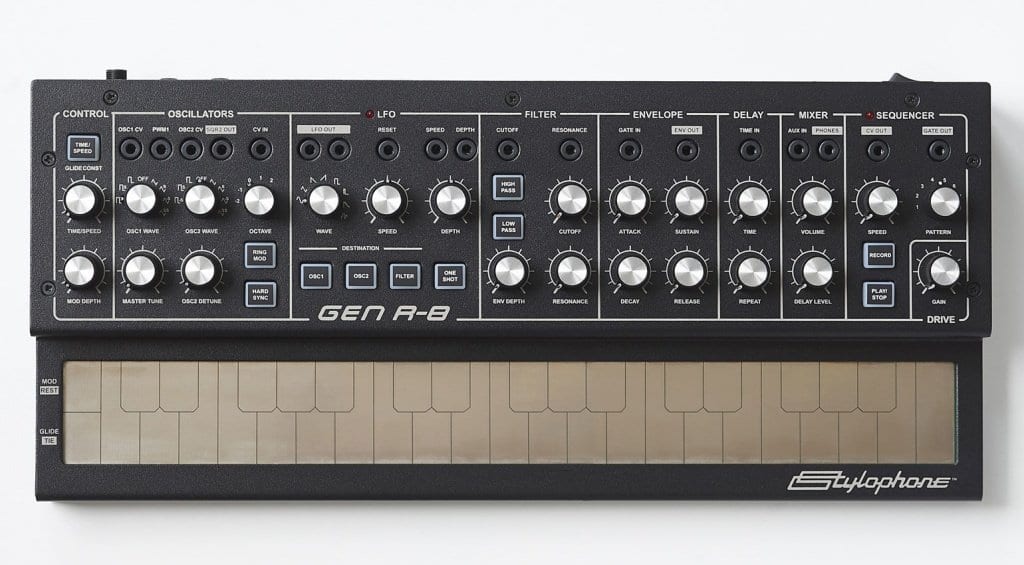
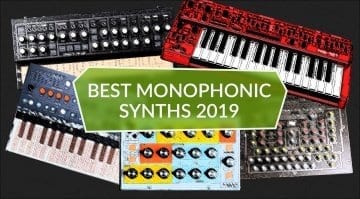

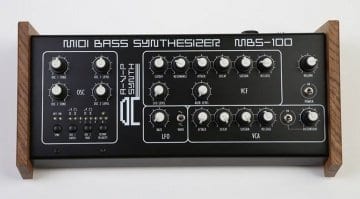
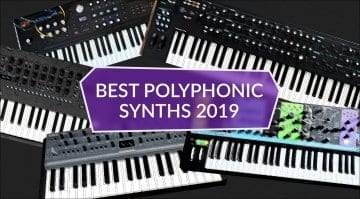
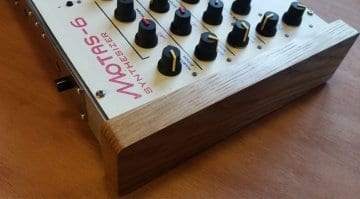

MiniBrute 2S is my choice :)!
That would be great if it was 2018 😀
Arturia Microfreak is not a monophonic synthesizer. It is 4 Voice Paraphonic & Digital. Why did you pick up it?
Hello – yes, as I clearly stated in the text the MicroFreak can indeed be a 4-note polyphonic synthesizer with paraphonic articulation but my belief is that it was designed primarily as a monosynth and works in that way and so it sits better in a Monophonic list than it does in a Polyphonic list. It can work in the same way the Moog Matriarch does, but the Matriarch has an emphasis towards polyphony which is why it’s in the Polysynth list. We could of course have a Poly/Para list but then that gets increasingly complicated and inaccurate. So, personally, I feel the MicroFreak sits best in this list. And provided i say why (as i did) and people read the words i’ve written then there’s shouldn’t really be a problem should there?
I don’t really understand the Gearnews confusion about mono/paraphonic/polyphonic synths. You are the folks making things “increasingly complicated and inaccurate” in an attempt to squeeze particular synths into your various lists. The Microfreak and the Matriarch (and the PolyD) are paraphonic. There has been an understanding about these terms for over fifty years,. Use the understood terms, the confusion comes from your attempts to redefine.
I’m not in the least bit confused about it thanks! And no there hasn’t really been an understanding about it all. Historically the terms have been abused and confused because of marketing pressures and decisions. Paraphony doesn’t refer to note count so the Microfreak, Matriarch, PolyD and others like the MatrixBrute have a polyphonic capability with paraphonic articulation. Although the Freak and Brute both have some true polyphonic possibilities making them not entirely paraphonic either. So we could have a “paraphonic” list but it’s an inaccurate description of a synthesizer’s polyphony and puts very divergent synths into the same category.
What I attempted to do was use the two categories “mono” and “poly” and place the synths in the most appropriate one regardless of articulation. The Microfreak sees polyphony as an added bonus with a “Para” button to enable it, whereas the Matriarch puts it’s 4 oscillators and 4 notes front and centre. That’s why I differentiated between the two and to me that feels right. I wouldn’t have made a fuss about it really but there was so much misunderstanding about the PolyD that I felt it was important to underline my reasoning. You are welcome to disagree of course but I offer up this video in support of my approach to polyphony:
https://www.youtube.com/watch?v=ZeuOlqjxPuA
Thanks for the thoughtful reply. I get all that which is why I suggested using the “understood terms”. We all know the confusion has arisen from Uli’s release of the PolyD which he refused to call the ParaD, understandably. What I didn’t know is that you were attempting to make two lists and so were constrained by the lack of a paraphonic category.
Sure…. but I support Uli in his use of PolyD because it is polyphonic. “Paraphonic” isn’t a category of note numbers, it’s a way of articulating polyphony. So to call it “ParaD” wouldn’t actually tell you anything in what I believe is the correct usage of the word, whereas “PolyD” tells me it’s a polyphonic synth – which it is :D. Oh it’s so much easier to call poly synths that articulate through a single filter and amp “paraphonic synths” it’s just that it’s using the word wrongly and inaccurately because there’s usually more than one articulation possibility. But hey, the important thing is that no children died and if everyone can read more than a couple of words at a time then we all know what’s going on.
We’ll agree to disagree. When the Microfreak was released Gearnews called it “4 note paraphonic”, when the Matriarch was released Gearnews called it “4 note paraphonic analog”. When the ParaD was released Gearnews tied itself into knots to avoid using a term commonly used at Gearnews, and commonly used by synthesists for decades.
Well, that’s fine, but i still don’t feel tied in knots thanks 😀 and i’ve been using the words badly for years and i’m really happy to have a better and fuller understanding these days which helps me articulate the world of synthesis with better and more accurate levels of clarity! Even if it doesn’t help everyone 😀
Where’s the absolute winner this year??? BEHRINGER CRAVE! At 159€ it’s a little beast and the best selling monophonic synth this year by far.
Nah. The Crave doesn’t bring anything special to the table, it’s just cheap, which is cool but not cool enough for this list – thanks!
You are currently viewing a placeholder content from Facebook. To access the actual content, click the button below. Please note that doing so will share data with third-party providers.
More InformationYou are currently viewing a placeholder content from Instagram. To access the actual content, click the button below. Please note that doing so will share data with third-party providers.
More InformationYou are currently viewing a placeholder content from X. To access the actual content, click the button below. Please note that doing so will share data with third-party providers.
More Information